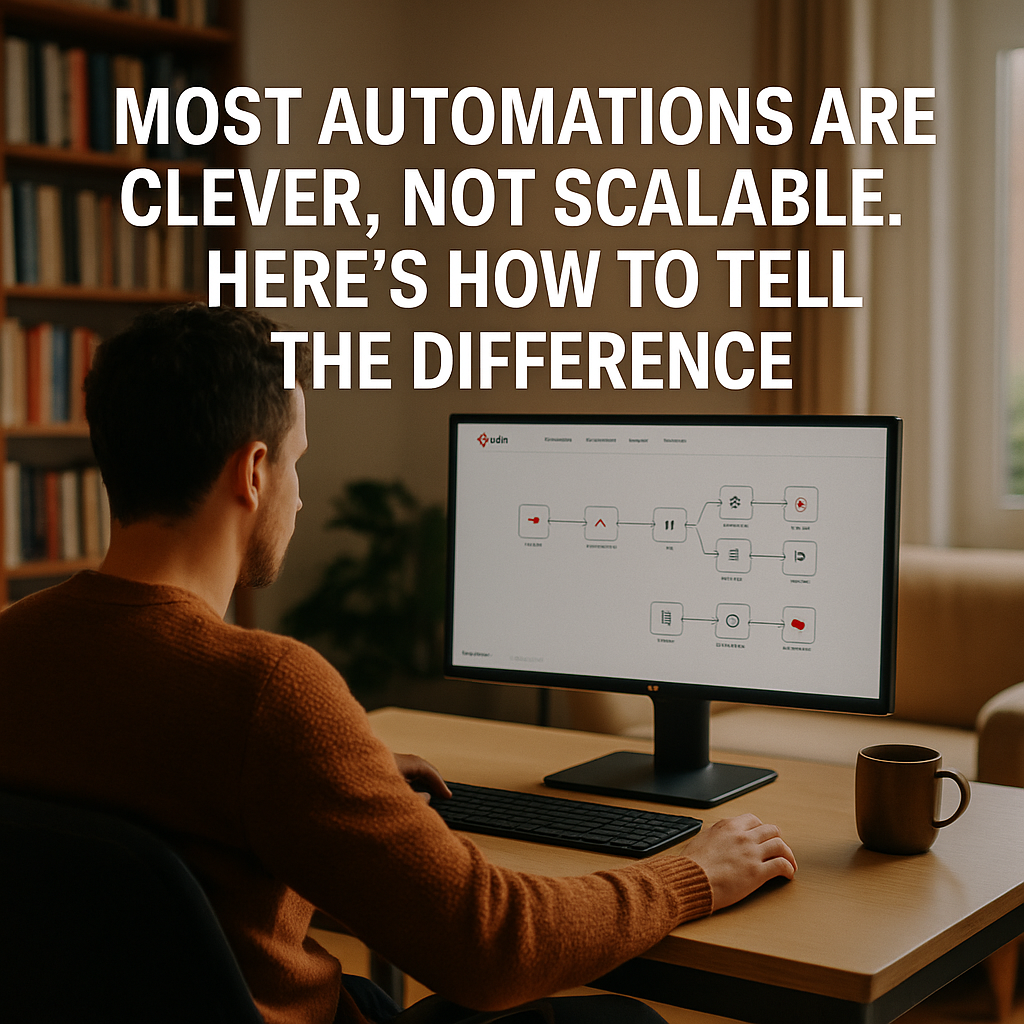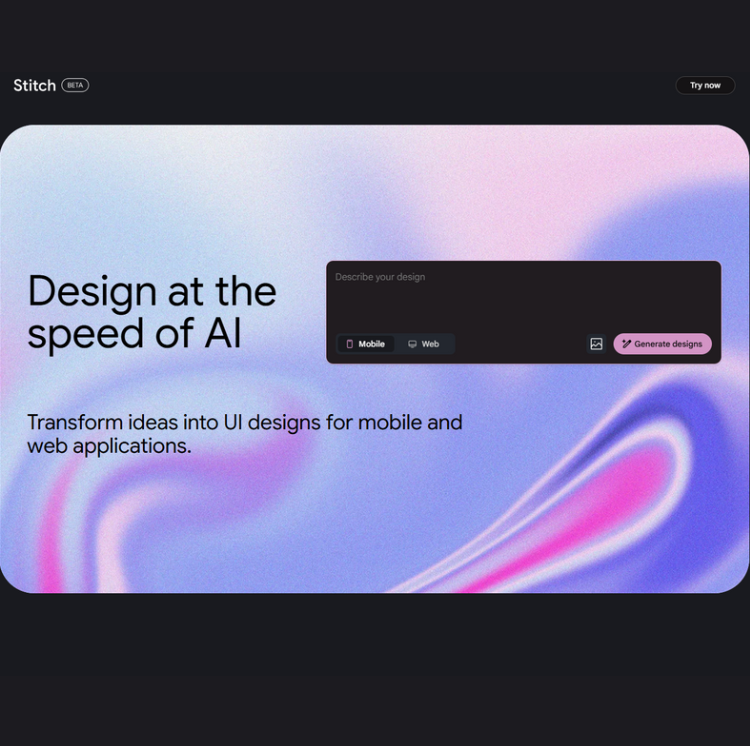
Why solving 100 problems a million times isn’t the ceiling. It’s the floor.
Everyone in automation says they’re focused on repeatable problems.
Everyone talks about scale.
Everyone claims to build for longevity.
But here’s the real question:
Are you actually doing that or just saying it?
Because if you look closely, many agencies and freelancers are still solving too many edge cases, chasing novelty, and building systems that quietly trap them in never-ending maintenance loops.
Let's Break This Down
The principle is simple:
You should be solving high-frequency, high-impact problems once, and letting the solution run forever.
But in practice?
- You're building automations that only work for one client instead of abstracting for repeat use.
- You're using brittle logic that breaks under edge cases instead of building for resilience and evolution.
- You're treating every custom request as billable work instead of a signal that your system architecture lacks breadth.
This isn’t a mindset problem. It’s a leverage problem.
A Quick Litmus Test
Ask yourself:
- Have you rebuilt the same automation three times for different clients instead of turning it into a systemized offer?
- Are your solutions scalable, or are they clever hacks that quietly accumulate tech debt?
- Do your builds create compounding value or compounding maintenance?
If any of these made you pause, you’re not behind. You’re just at the line where smart builders either scale up or stall out.
The Economics Most Builders Overlook
Not because they don’t understand automation.
But because they haven’t started designing it with intentional economic impact in mind.
Sure, your automations might reduce manual work. Save time. Create faster outcomes.
But those are surface level benefits.
If they happened without strategic intent, they’re just side effects.
The best builders don’t stumble into efficiency, they engineer compounding value on purpose.
Here’s what that looks like across different industries:
1. Internal Ops (SaaS): Designing for Scalable Support Cost
You're hired to reduce ticket volume for a growing SaaS company.
Most would install a chatbot and call it done.
But instead, you dig into the product’s UI data to find where friction causes tickets. You collaborate with the product devs to resolve the root issues. Then, you implement an early-warning system that flags common errors in real time based on support trends.
Now you're not just reducing workload.
You're flattening the support cost curve as usage scales.
That's not efficiency by luck. That's long-term margin protection by design.
2. Marketing Services: Building LTV-Aware Acquisition Systems
You’re hired to generate leads for a service business.
Rather than stopping at the opt-in or booked call, you track what happens after: Did they upgrade? Renew? Refer others?
You create a scoring system that connects lead quality back to source, channel, offer, and message. Then, you use that data to shape ad spend and messaging strategy.
Now the client isn’t just optimizing cost per lead.
They're optimizing for channel-specific LTV.
You're not running a funnel. You're building a feedback loop that compounds quality over time.
3. HR & Recruiting: Engineering Throughput, Not Just Speed
A recruiting firm wants outreach automation.
Most would drop a CRM on top of a sequencing tool and call it efficient.
You build a smarter system: one that adjusts send volume based on recruiter bandwidth, schedules touchpoints around interview windows, and flags pipeline delays before they become bottlenecks.
Instead of speeding up a chaotic process, you're creating predictable throughput measured in hires per recruiter per month.
That becomes an operational asset, not just an automation feature.
4. Ecommerce: Prioritizing Profit Over Speed in Fulfillment
You're asked to help tag and prioritize high-value orders.
Instead of defaulting to AOV or order size, you integrate return risk, fraud score, fulfillment cost, and reorder probability into your decision tree.
The system routes orders not just by urgency, but by profit potential.
Now, fulfillment isn't just faster. It's smarter.
You're shaping per-shipment net margin in real time.
Here’s the Point
Automation that saves time is table stakes.
Automation that protects or increases profitability by design is rare.
If you're already building systems, build them in a way that:
- Feeds strategic insight back into the business
- Removes friction before humans feel it
- Improves per-unit economics with every use
That’s the shift from being a clever implementer to a strategic operator.
It’s the difference between a good build and a valuable one.
What the Best in the Space Are Actually Doing
They’re not just automating tasks. They’re:
- Standardizing inputs across clients to unlock repeatable outputs
- Embedding analytics to create self-improving systems
- Turning custom work into productized IP
- Aligning automation outcomes to business levers like CAC, LTV, and margin, not just convenience
They're solving 100 problems a million times on purpose, with structure and economic intent.
Final Thought
If you’re already in the automation space, this isn’t a mindset shift.
It’s an operating model shift.
The real question isn’t whether you agree with solving recurring problems.
The real question is:
Are your systems compounding value or just relieving short-term pressure?
Because the builders who scale are the ones who stop automating tasks, and start automating outcomes.







